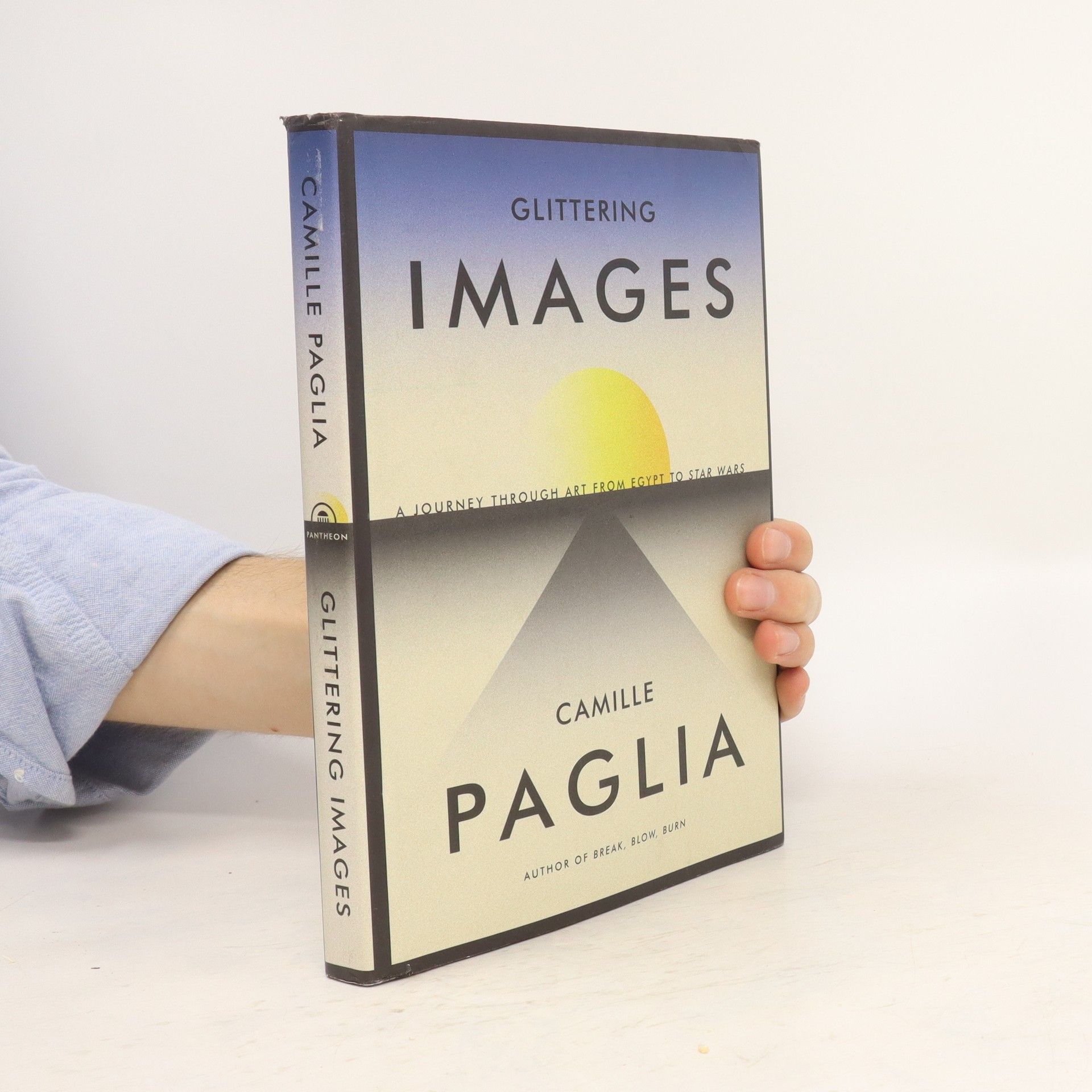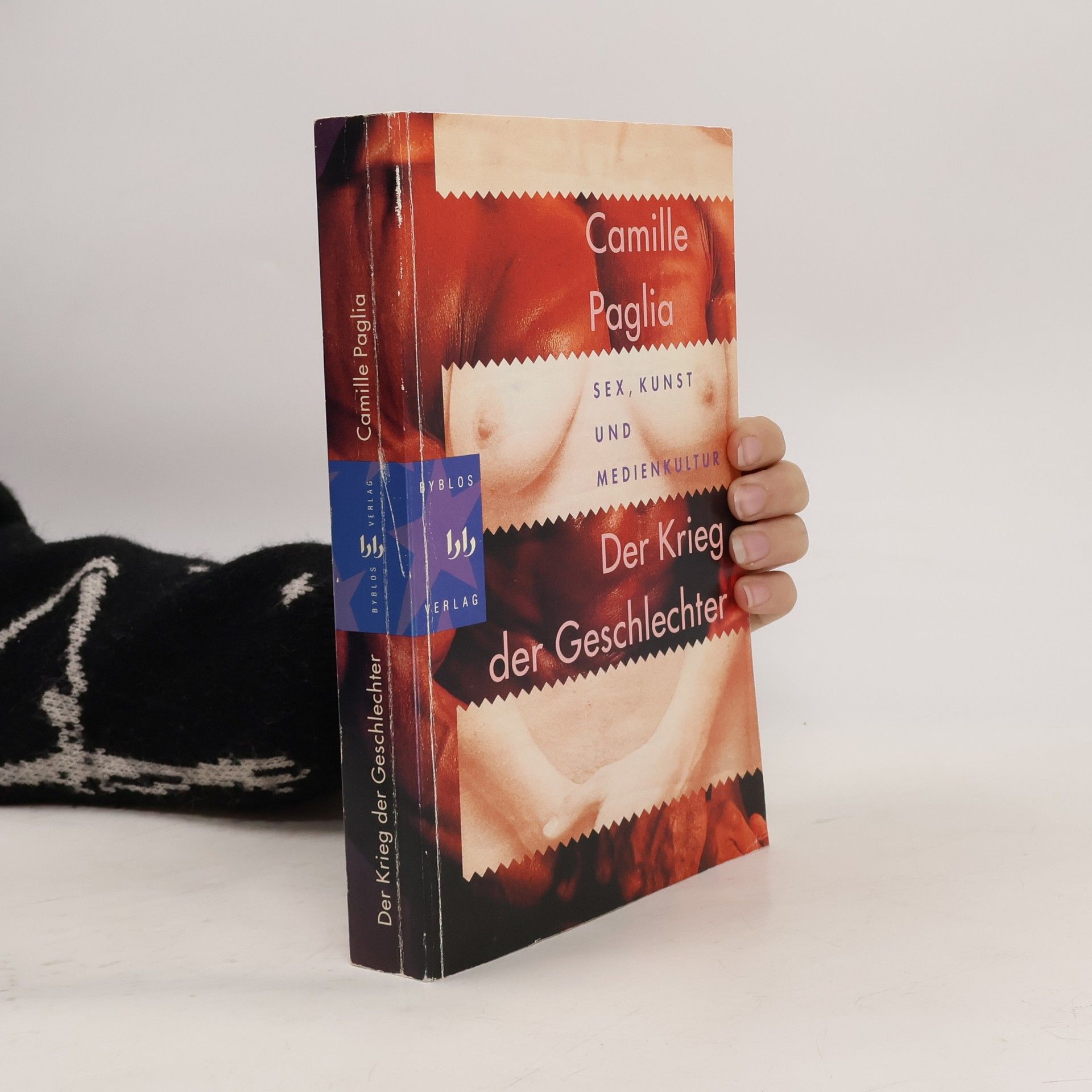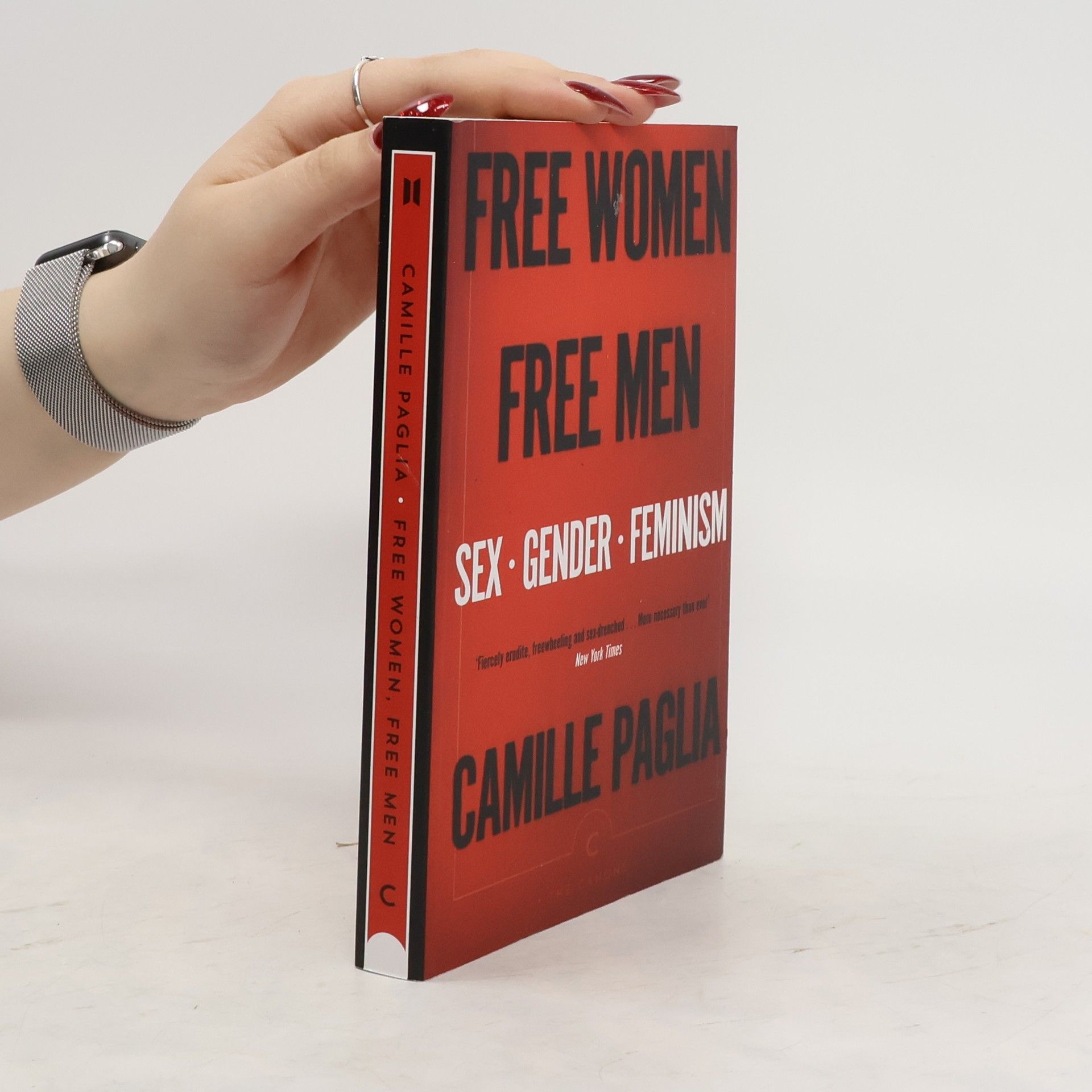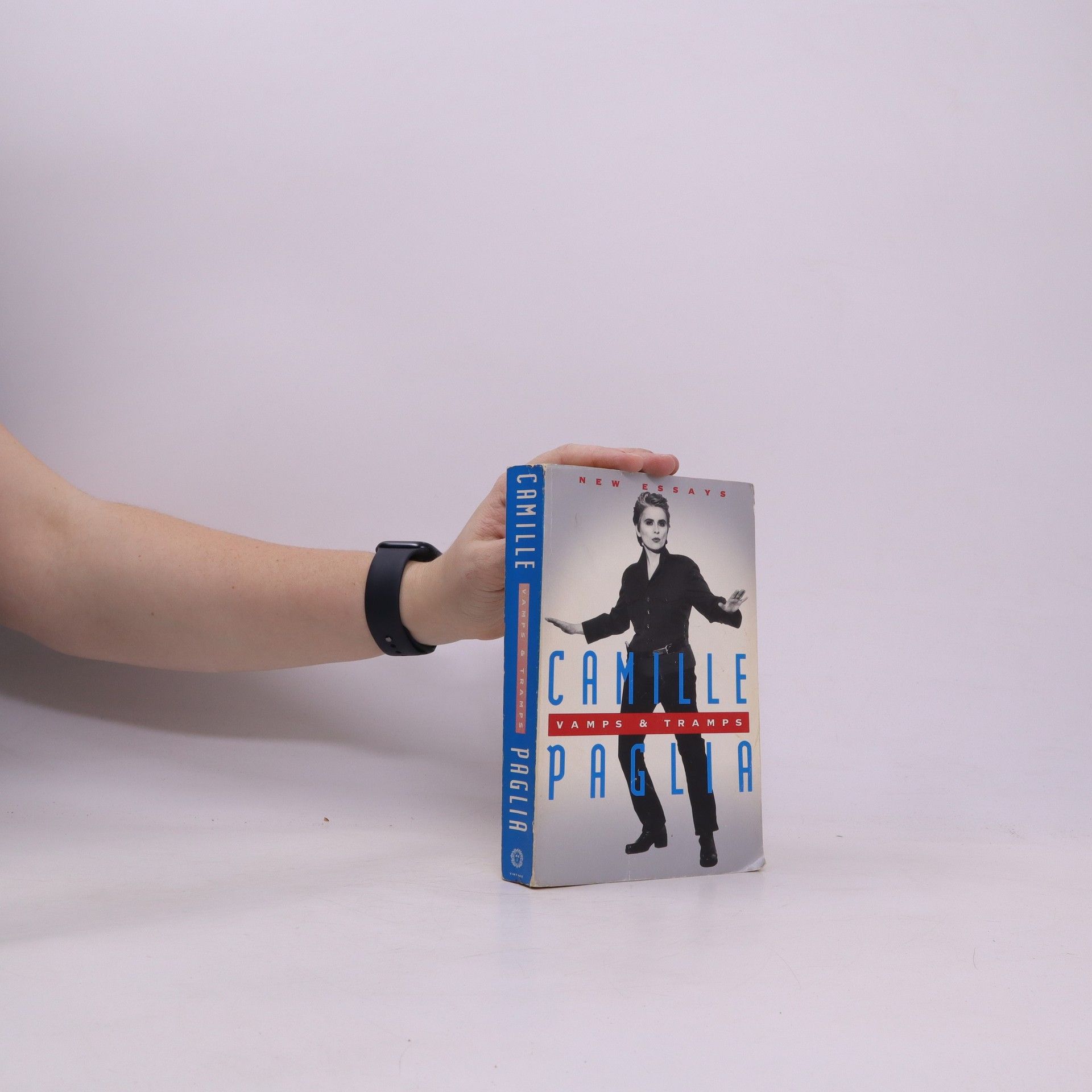Camille Paglia Bücher
Camille Paglia ist eine herausragende amerikanische Gesellschaftskritikerin und Autorin, deren Werk sich mit dem Zusammenspiel von Kunst, Kultur und Gesellschaft befasst. Bekannt für ihre provokativen Analysen und ihren kühnen Stil, stellt sie konventionelles Denken in Frage und bietet eine einzigartige Perspektive auf die Beziehung zwischen Persönlichkeit und Dekadenz im Laufe der Geschichte. Paglia untersucht, wie Kunst und Literatur die menschliche Sexualität und Identität widerspiegeln und gestalten. Ihre kritischen Essays laden die Leser ein, etablierte Ansichten zu überdenken und über komplexe soziale Phänomene nachzudenken.







1991 legte die damals 43jährige Camille Paglia ihr opulentes Werk Sexual Personae vor, eine Abrechnung mit dem modernen Feminismus. Das Buch schlug ein wie eine Bombe. Seit dieser Zeit pflegt man in den USA eine Haßliebe zu der rebellischen Professorin und Publizistin, die nicht müde wird, sich in aktuelle Kontroversen einzuschalten. Was Paglia zum »Geschlechterkampf« geschrieben hat: eine Antizipation der #metoo-Debatte! Und als hierzulande noch keiner den Begriff »Gender« kannte, hatte Paglia ihn argumentativ schon erledigt. Vierunddreißig Aufsätze und Interviews aus den Jahren 1990 bis 2016 bündeln, was zu den Themenkreisen Frauenrollen, Männerphantasien, Sex und Gender zu sagen ist.
The Birds
- 120 Seiten
- 5 Lesestunden
Drawing on Daphne du Maurier's short story and contemporary newspaper reports of bird attacks in California, Alfred Hitchcock's The Birds (1963) featured Tippi Hedren in her first starring role. Camille Paglia's compelling study considers the film's aesthetic, technical and mythical qualities, and analyses its depiction of gender and family relations. A film about anxiety, sexual power and the violence of nature, it is quintessential Hitchcock. Camille Paglia's foreword to this new edition reflects upon the relationship between Hitchcock and his leading lady Hedren in the light of recent debates about male power, female agency and the #MeToo movement.
Glittering Images
- 202 Seiten
- 8 Lesestunden
Presents a chronological tour of major themes in Western art as reflected by more than two dozen seminal images that use such mediums as paint, sculpture, architecture, performance art, and digital art.
Sexual personae. Art and decadence from Nefertiti to Emily Dickinson
- 718 Seiten
- 26 Lesestunden
The fiery, provocative, and unparalleled work of feminist art criticism that launched the exceptional career of one of our most important public intellectuals—"a remarkable book, at once outrageous and compelling, fanatical and brilliant.... One must be awed by [Paglia's] vast energy, erudition and wit" (The Washington Post). Is Emily Dickinson “the female Sade”? Is Donatello’s David a bit of pedophile pornography? What is the secret kinship between Byron and Elvis Presley, between Medusa and Madonna? How do liberals and feminists—as well as conservatives—fatally misread human nature? This audacious and omnivorously learned work of guerrilla scholarship offers nothing less than a unified-field theory of Western culture, high and low, since Egyptians invented beauty—making a persuasive case for all art as a pagan battleground between male and female, form and chaos, civilization and daemonic nature. With 47 photographs.
Provocations
- 752 Seiten
- 27 Lesestunden
Much has changed since Camille Paglia first burst onto the scene with her groundbreaking Sexual Personae, but the laser-sharp insights of this major American thinker continue to be ahead of the curve—not only capturing the tone of the moment but also often anticipating it. Opening with a blazing manifesto of an introduction in which Paglia outlines the bedrock beliefs that inform her writing—freedom of speech, the necessity of fearless inquiry, and a deep respect for all art, both erudite and popular—Provocations gathers together a rich, varied body of work spanning twenty-five years, illuminating everything from the Odyssey to the Oscars, from punk rock to presidents past and present. Whatever your political inclination or literary and artistic touchstones, Paglia’s takes are compulsively readable, thought provoking, galvanizing, and an essential part of our cultural dialogue, invariably giving voice to what most needs to be said.
Free Women, Free Men
- 352 Seiten
- 13 Lesestunden
Camille Paglia's collection of essays offers a provocative examination of contemporary feminism, blending celebration with critique. Her distinctive style engages readers in a lively discourse on gender equality, showcasing her role as both an advocate and a challenger of feminist achievements. Recognized by the Huffington Post as a must-read nonfiction work by women, this collection promises to stimulate thought and debate on the evolving landscape of feminism.
The bestselling author of Sexual Personae and Sex, Art, and American Culture is back with a fiery new collection of essays on everything from art and celebrity to gay activism, Lorena Bobbitt to Bill and Hillary. These essays have never appeared in book form, and many will be appearing in print for the first time.


